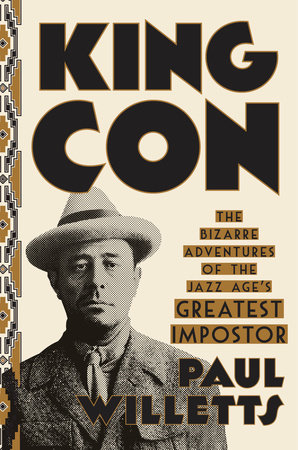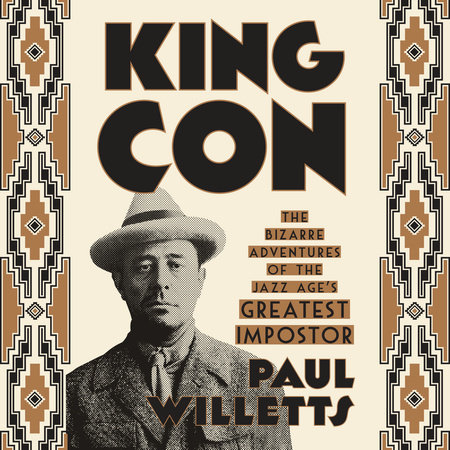

King Con
By Paul Willetts
By Paul Willetts
By Paul Willetts
By Paul Willetts
By Paul Willetts
Read by Ray Porter
By Paul Willetts
Read by Ray Porter
Category: True Crime | Historical Figure Biographies & Memoirs
Category: True Crime | Historical Figure Biographies & Memoirs
Category: True Crime | Historical Figure Biographies & Memoirs | Audiobooks

-
$27.00
Aug 07, 2018 | ISBN 9780451495815
-
Aug 07, 2018 | ISBN 9780451495839
-
Aug 07, 2018 | ISBN 9780525635482
688 Minutes
Buy the Audiobook Download:
YOU MAY ALSO LIKE
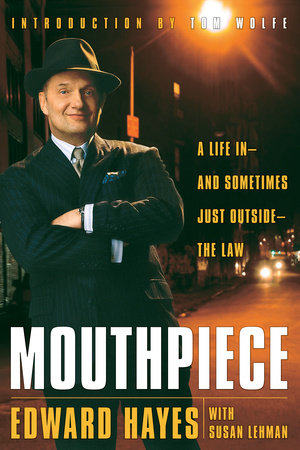
Mouthpiece
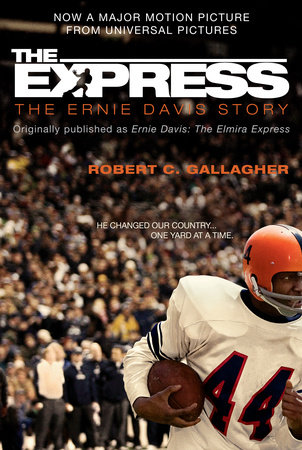
The Express
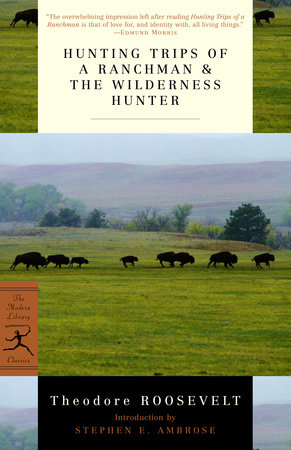
Hunting Trips of a Ranchman & The Wilderness Hunter
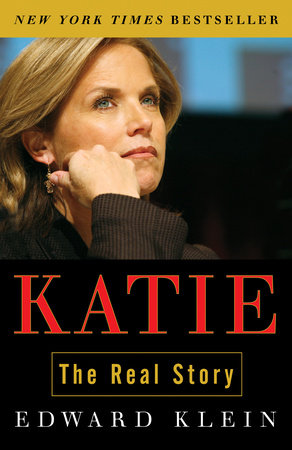
Katie

Holley Carburetors, Manifolds & Fuel Injections

The Mad Dog 100

At the Altar of Speed

Storming Las Vegas

Big Game
Praise
“This Jazz Age impostor’s life makes for quite the story, and in King Con, Paul Willetts knows just how to tell it.”
—Michael Dirda, Washington Post
“A real story about an absurd, fascistic fraud. (Can’t think why that resonated.)”
—Sam Jordison, The Guardian
“Willetts’s usual blend of deep research and lively storytelling sucks you straight into this picaresque tale of the conman Edgar Laplante, or Chief White Elk as the shameless would-be Native American styled himself while swindling his way across the USA in the Jazz Age. With every twist the story of Laplante’s life grows harder to believe but, unlike the tall tales he told his credulous victims, it is all true.”
—Kieron Pim, Spectator USA, Books of the Year 2018
“A vivid biography of Edgar Laplante… [whose] story, particularly as told by Willetts, is fascinating for a number of reasons—some universal, some unique.”—The Times Literary Supplement
“An amazing book…Paul Willetts has crafted an entertaining and often astounding story of an incredible confidence man…It’s hard to put down.”—The Providence Journal
“King Con is as engaging, ambitious, and colorful as its shady protagonist… Willetts has dug deep into newspaper archives and investigative files to accomplish what the authorities on two continents failed to do almost a century ago—unravel Laplante’s trail of brazen fraud and deceit.”
—Ellery Queen’s Mystery Magazine
“In King Con, Paul Willetts tells the intricate story of Laplante’s misadventures and complicated swindles, drawing an expert portrait of both the time period and the man. It’s a useful reminder that America has always belonged to the con artist.”
—CrimeReads
“The 1920s was a decade of swindles—and one con artist out tricked them all… this is a story about unscrupulous deception told with a scrupulosity that is admirable.”
—The New Statesman
“A minutely detailed study of a man who is enjoyable to read about, but whom no one with a full complement of senses would ever wish to encounter… The author pins down his egregious subject with crisp objectivity.”
—Jonathan Meades, Country Life
“A fast-moving tale of aninveterate scammer, which is every bit as gripping as fiction.”
—Saga Magazine
“Willetts’s research is impeccable. He also writes clean, fluid prose and his descriptions of Paris, Milan, Naples and Florence in the 1920s are superb.”
—Winnipeg Free Press
“Even if you are not a fan of biographies, you must read this one, as it is astounding the scams Mr Laplante got up to! A fascinating read.”
—Crimesquad.com
“In this extensively detailed biography, Willetts traces the brazen and bizarre life of Edgar Laplante, an early 20th century drifter and conman extraordinaire… he keeps the narrative alive with the colorful anecdotes from Laplante’s remarkable life.”
—Publishers Weekly
“Willetts weaves a fast-paced, intriguing tale. With the rise of identity theft, celebrity worship, and manipulative social media, this sprightly story of a legendary con artist’s outrageous successes becomes a cautionary tale for the digital age.”
—Kirkus Reviews
“Willetts describes the incredible exploits of Edgar Laplante in wonderful detail using a fun, novelistic style.”
—Can’t Make This Up History Podcast
“Paul Willetts’s King Con takes readers on a rollicking ride—a tale of false celebrity and ingenious cons by an inventive Jazz Age grifter that resonate across the decades to this particular moment in America with an unsettling relevance. Readers will be amused, entranced, and, I’m certain, left shaken.”
—Howard Blum, New York Times bestselling author of The Last Goodnight and In the Enemy’s House
“Amazing, absorbing and phenomenally well-researched, King Con is a compelling story that proves truth is far, far stranger than fiction: a picture of an America so naïve and gullible it’s hard to imagine. Not a page is turned without the reader learning something that astonishes and enthralls.”
—Paul French, New York Times bestselling author of Midnight in Peking
“Paul Willets’s King Con is one hell of a rollicking good read. A fabulous tale of one of the all-time great con artists, pulled off with great verve and style. A Jazz Age classic!”
—Alex Kershaw, New York Times bestselling author of Avenue of Spies and The Liberator
“King Con is a riveting account of a Jazz Age grifter whose grandiose ruse of a life can only be described as fascinatingly ludicrous! A mesmerizing and enjoyable read.”
—Suzanne Rindell, author of The Other Typist and Eagle & Crane
“A terrific subject, crying out to be turned into a film, and the author has made the most of it in this gripping and well-researched book.”
—Andrew Lownie, author of Stalin’s Englishman
“You might justifiably pick up King Con to travel back in time to the ultra-charming Jazz Age, but long after you’ve been pulled into the vortex of this riveting and deliciously strange tale, what will stick with you is the sheer, astonishing audacity of Edgar Laplante’s all-consuming, decade-plus-long grift. An uproarious read.”
—Dave Howard, author of Chasing Phil and Lost Rights
“A story so bizarre—and so compulsively told—that my jaw remained anchored to the floor throughout.”
—John Preston, author of A Very English Scandal
“Think Charles Ponzi was slick? Edgar Laplante, a.k.a. Chief White Elk, was an imposter extraordinaire who hoodwinked audiences and newspaper readers across America and Europe. Paul Willetts spins the rollicking tale of this audacious con man with wit, razor-sharp insight and dazzling storytelling. Hang on for a wild ride.”
—Dean Jobb, author of Empire of Deception
“Anyone who thinks celebrity culture is a new phenomenon should read King Con. Drawing on a vast range of sources, Willetts has pieced together a rich and bizarre Jazz Age story of the century’s most shameless confidence trickster… The cons are astounding but the escapes are even more outrageous. Whether he’s peddling postcards or hoodwinking royalty, Laplante remains a fascinating figure. A brilliant feat of research is turned into a racing read.”
—Christopher Fowler, author of the Bryant & May crime novels
“Willetts has a real gift for writing about compelling but repellant characters and making you care about what happens to them. King Con is about another of these fascinating monsters.”
—Catherine Arnold, author of Necropolis: London and Its Dead
21 Books You’ve Been Meaning to Read
Just for joining you’ll get personalized recommendations on your dashboard daily and features only for members.
Find Out More Join Now Sign In






